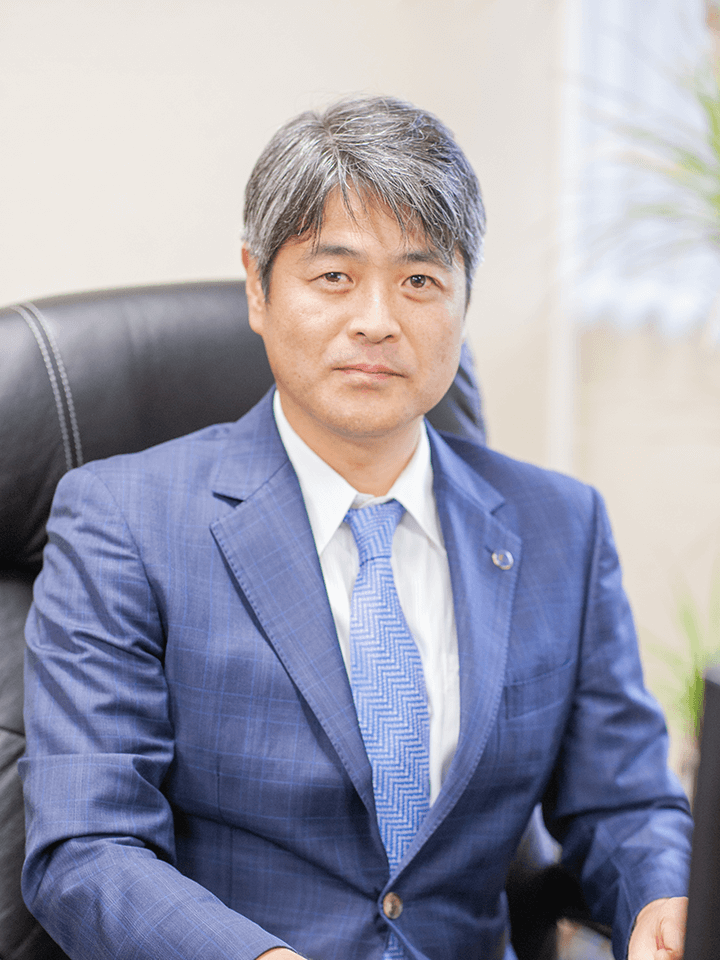Cardiovascular Surgery
- Responsible for the cardiovascular surgery unit at Osaka University Hospital, which sees more than 10000 patients annually
- Leading national center for heart failure patients
- Minimally invasive cardiovascular surgery techniques
- Using biodesign, AI and IoT for innovations in regenerative medicine, tissue engineering and cell engineering
- Education of future cardiac surgeons

Training future cardiovascular surgeons by going beyond conventional approaches and teaching next-generation medicine
Osaka University is home to one of Japan’s leading cardiovascular surgical units. We conduct more than 1,000 cardiovascular surgical procedures per year and are at the center of a network that includes 40 universities. In fiscal year 2020, more than 1300 surgical procedures were done by our group.
In the clinic, advanced surgery is often required to treat patients suffering from any one of an assortment of heart ailments including ischemia, congenital heart disease, valvular heart disease, peripheral arterial disease, and atherosclerosis. Our laboratory has pioneered a number of heart transplantation techniques for this purpose. We are the first in Japan to have conducted brain-dead heart transplants, heart-lung transplants, and pediatric heart transplants. Along with certification for these specialized surgeries, we are certified for the transplantation of artificial devices. In total, we have applied a comprehensive set of surgical treatments and aim to develop more with the ultimate goal of better patient care. In addition, we are leaders in minimally invasive cardiovascular surgery and have conducted multiple clinical trials and over 2000 stent graft treatments. Also, in 2010, we conducted the first transcatheter aortic valve transplantation (TAVI) in Japan, and now have done this procedure more than 1000 times. We also introduced minimally invasive open-heart surgery (MICS) from the early stage, and in 2017 we begun applying a robotic system to our surgical procedures.
 Figure1 Cardiovascular surgery at Osaka University
Figure1 Cardiovascular surgery at Osaka University
To further advance patient care, we have been developing new treatments for acute heart failure and heart failure in children. These therapies include myoblast cell sheet transplantation, allogeneic adipose-derived mesenchymal stromal cell transplantation, decellular valve transplantation, the ONO 1301 drug trial, home health care, branched stent grafts, and new TAVI devices. One technology that has seen great promise is Heart Sheet, which has already undergone a clinical trial and was approved as a treatment eligible for subsidies by the national health insurance in 2016. We also began a clinical trial using cardiac sheets prepared from allogeneic iPS cells.
 Figure2 iPS cell-derived cardiac sheet transplantation
Figure2 iPS cell-derived cardiac sheet transplantation
At the basic research level, we are researching how iPS cells can be used to regenerate the myocardium and how patient iPS cells can be used for drug discovery. We are also developing biological products, such as HMGB1, ONO 1301 derivatives, and adipose stem cells, and other technologies including AI, biodesign and in vivo imaging. This work has been presented in numerous academic papers and at international meetings and has earned many large grants, allowing us to build an excellent research environment.
In terms of education, we hold great pride in training young doctors and surgeons at Osaka University. In addition, we have organised a number of workshops that welcomed trainees from over 40 institutions across the country. Finally, our training includes biodesign for the manufacturing of new medical devices and led to spinoff companies.








